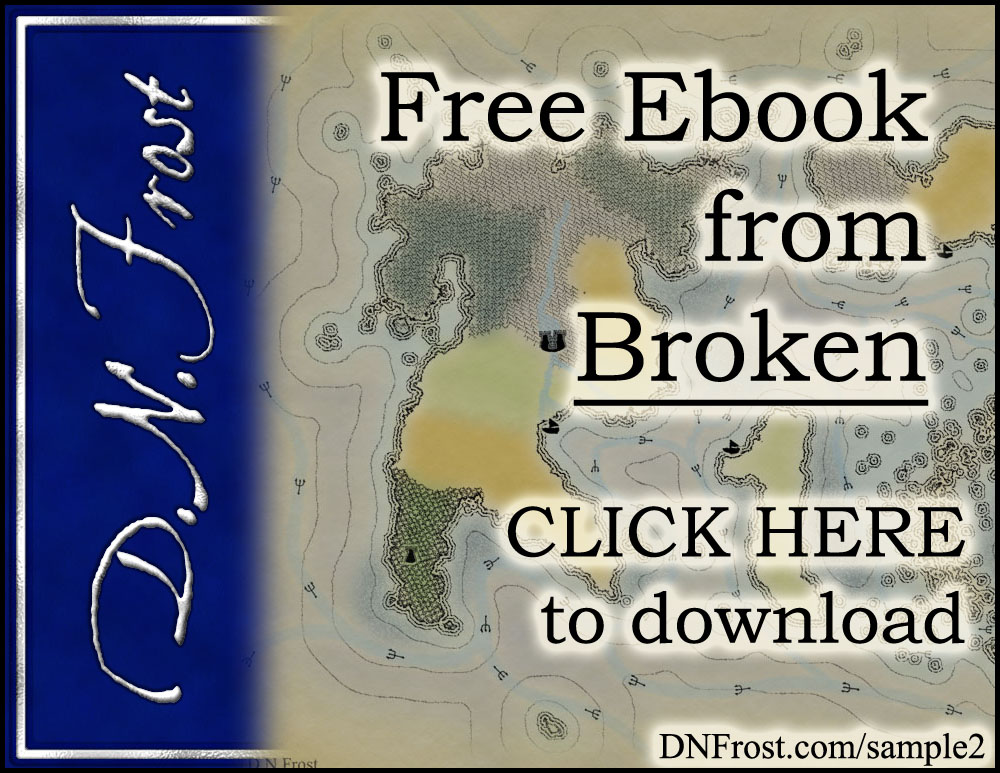This post is Part 6 of a series to augment the Author's Manifesto available for free download. Start with Part 1 here.
This and other inspirations of mine are gathered in the Spark Directory for you to explore.
Find more linguistic content in my Language Directory.
In Part 1 of this series, I began my love affair with languages. At some point, I made a language map to show how all my fantasy dialects evolved from the original five tongues I constructed. I chose a heartland for each of the languages, and I showed how the neighboring regions were influenced by the nearby language.
As the merfolk spread from the sea, coastal areas began to feel the influence of Meri. As the nymphs traded with the forest outside their glade, A'lari traveled northward. As the humans sailed beyond their initial islands, Thone infiltrated the whole archipelago. As the faeries spread from their western forests, Kalrei traveled outward too. And as the elves descended their mountains to colonize the plains, Ka'e influenced the languages already spoken in the area.
The map was awesome but dizzying, so I also made a language tree to show how each dialect is related. I didn't intend to create every dialect, but it was important for me to see how the unifying language in the Known World, Allanic, evolved from different creoles of the original five languages. And rather than invent Allanic itself, I decided to create words as I needed them, picking and choosing cool features from the five ancestral languages to give it a truly hodgepodge feel.
Unable to go much further, I turned to lands outside the current scope of my Tales of the Known World saga to find new language opportunities. For the distant southern continent, I began work on Abidyajan, the fluid language of a great desert civilization. I doodled some potential alphabets into a notebook and worked out their creation myth, but I shelved the project until my first six books are complete. I'm not even sure where the notes are at this point. I earned my Bachelor of Arts in Linguistics and shuttled off to post-college life, eager to use my skills to become a published author.
That's it for this post! Up Next: Fixing up some defiant pronunciations...
Download the Author's Manifesto here, or start your adventure below.
This and other inspirations of mine are gathered in the Spark Directory for you to explore.
Find more linguistic content in my Language Directory.
In Part 1 of this series, I began my love affair with languages. At some point, I made a language map to show how all my fantasy dialects evolved from the original five tongues I constructed. I chose a heartland for each of the languages, and I showed how the neighboring regions were influenced by the nearby language.
As the merfolk spread from the sea, coastal areas began to feel the influence of Meri. As the nymphs traded with the forest outside their glade, A'lari traveled northward. As the humans sailed beyond their initial islands, Thone infiltrated the whole archipelago. As the faeries spread from their western forests, Kalrei traveled outward too. And as the elves descended their mountains to colonize the plains, Ka'e influenced the languages already spoken in the area.
Check out this Author's Manifesto for more of my inspirations!
The map was awesome but dizzying, so I also made a language tree to show how each dialect is related. I didn't intend to create every dialect, but it was important for me to see how the unifying language in the Known World, Allanic, evolved from different creoles of the original five languages. And rather than invent Allanic itself, I decided to create words as I needed them, picking and choosing cool features from the five ancestral languages to give it a truly hodgepodge feel.
Unable to go much further, I turned to lands outside the current scope of my Tales of the Known World saga to find new language opportunities. For the distant southern continent, I began work on Abidyajan, the fluid language of a great desert civilization. I doodled some potential alphabets into a notebook and worked out their creation myth, but I shelved the project until my first six books are complete. I'm not even sure where the notes are at this point. I earned my Bachelor of Arts in Linguistics and shuttled off to post-college life, eager to use my skills to become a published author.
That's it for this post! Up Next: Fixing up some defiant pronunciations...
Download the Author's Manifesto here, or start your adventure below.
Liked this? Share, please!


